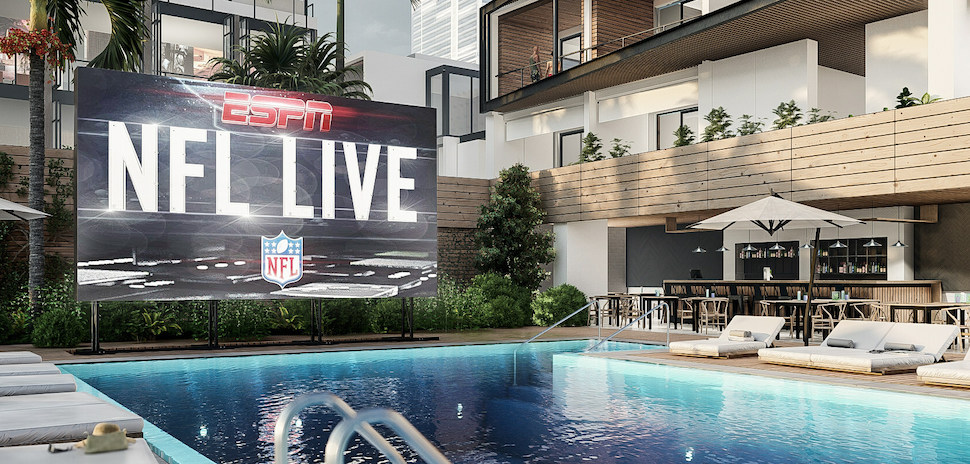Investigating the Fundamental Elements That Influence Brightness in LED Wall Panels
Investigating the Fundamental Elements That Influence Brightness in LED Wall Panels
Blog Article
Light Emitting Diode wall screens are progressively favored for and promotion and entertainment due to their bright and vivid displays. Understanding the elements that influence the brightness of these panels is essential for producers and buyers alike. Luminosity is typically gauged in candelas, which indicates how much light is emitted from the area of the screen. Numerous key elements contribute to the overall luminosity, including the type of LED used, the quality of the panel materials, and the energy provided to the screen.
The type of LED component used in a wall panel plays a crucial role in its brightness. Various Light Emitting Diodes emit differing levels of light output, which measure the amount of light perceptible to the human eye. Premium chips, such as those made using sophisticated technology, can produce more luminous illumination with greater effectiveness. Furthermore, the color temperature of the Light Emitting Diode also affects apparent brightness. For instance, cooler hue temperatures (higher K values) can seem more luminous than warmer ones, even at the identical light output rating. This feature is important for uses where clarity is important, such as in outdoor promotion.
The substances used look at here in the construction of LED wall screens also influence their brightness. The kind of substrate and coating materials can affect how much illumination is transmitted versus how much is taken in or scattered. For example, a screen made with high-quality clear material will allow more illumination to pass through than one made with inferior materials. Additionally, the design of the panel, including its thickness and the layout of the LEDs, can improve or reduce brightness by influencing how light is spread across the screen.
The energy source provided to the LED panel panels is another critical element in determining luminosity. Each LED component has a specific electric potential and current need for ideal functioning. If the energy supply falls short, the luminosity of the screen will diminish. Conversely, supplying too much power can lead to overheating and decreased lifespan of the Light Emitting Diodes. Therefore, maintaining a consistent and sufficient power source is essential for realizing consistent luminosity levels. This is especially important in changing displays, where brightness may need to be modified for different illumination conditions.
Lastly, surrounding factors can influence how luminosity is perceived. Surrounding illumination conditions play useful reference a significant role in how bright an Light Emitting Diode panel panel looks. In bright daylight, for example, a screen with a lower luminosity rating may struggle to be visible clearly, while a higher-brightness screen can be prominent more efficiently. Additionally, the perspective from which the screen is viewed can influence luminosity perception due to how illumination reflects off surfaces. Comprehending these factors helps buyers select the right LED wall screen for their needs and guarantees that producers produce products that meet luminosity expectations for different applications.